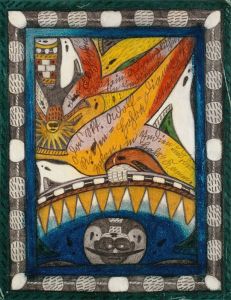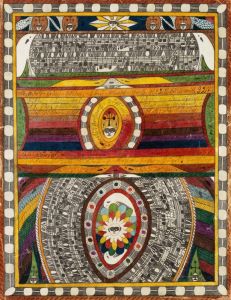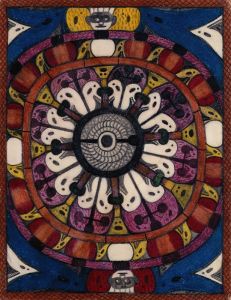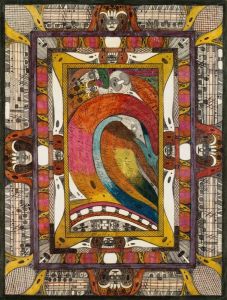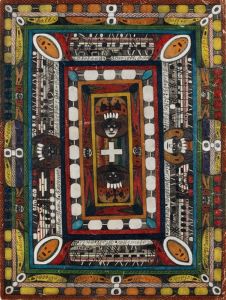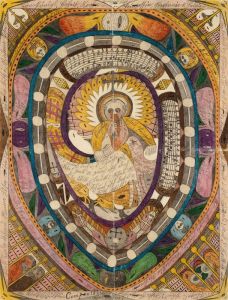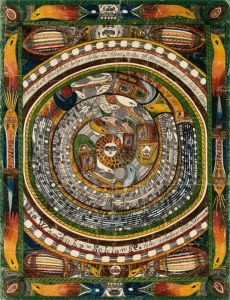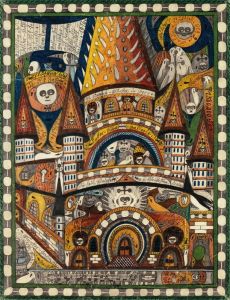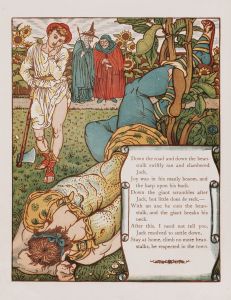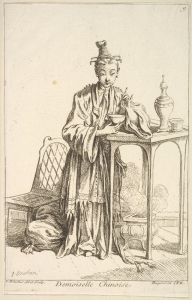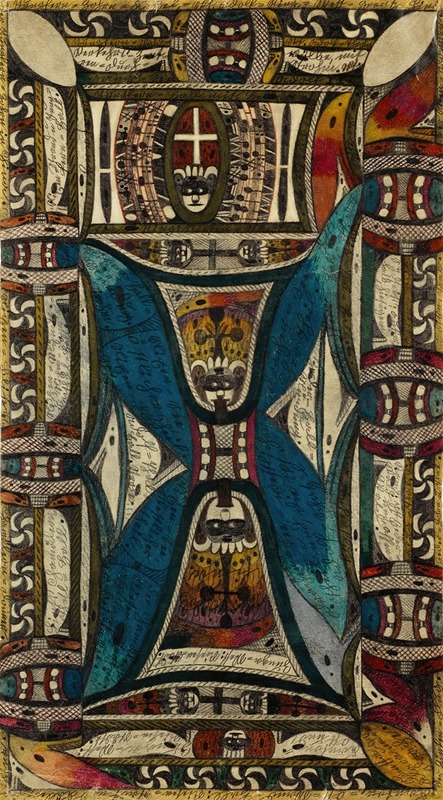
Der Zäntrums=Bächer, zeigt den Plahn der Beiden, Chineesischen, Halb=Insel,=Riesen=Städte, Zunga=Ost und Zunga=West
A hand-painted replica of Adolf Wölfli’s masterpiece Der Zäntrums=Bächer, zeigt den Plahn der Beiden, Chineesischen, Halb=Insel,=Riesen=Städte, Zunga=Ost und Zunga=West, meticulously crafted by professional artists to capture the true essence of the original. Each piece is created with museum-quality canvas and rare mineral pigments, carefully painted by experienced artists with delicate brushstrokes and rich, layered colors to perfectly recreate the texture of the original artwork. Unlike machine-printed reproductions, this hand-painted version brings the painting to life, infused with the artist’s emotions and skill in every stroke. Whether for personal collection or home decoration, it instantly elevates the artistic atmosphere of any space.
Adolf Wölfli (1864-1930) was a Swiss artist known for his intricate and detailed works that often combined visual art with text and musical notation. One of his notable pieces is "Der Zäntrums=Bächer, zeigt den Plahn der Beiden, Chineesischen, Halb=Insel,=Riesen=Städte, Zunga=Ost und Zunga=West," which translates to "The Central Book, showing the Plan of the Two Chinese Peninsula Giant Cities, Zunga East and Zunga West."
Wölfli's life was marked by significant personal challenges, including a troubled childhood and later institutionalization due to mental illness. He spent much of his adult life in the Waldau Clinic in Bern, Switzerland, where he began to create his extensive body of work. His art is often categorized under the Art Brut or Outsider Art movement, which includes works created outside the boundaries of official culture, often by self-taught individuals.
"Der Zäntrums=Bächer" is part of Wölfli's larger magnum opus, a series of 45 volumes that he collectively titled "From the Cradle to the Grave." This series is a semi-autobiographical and fantastical narrative that blends Wölfli's life story with elaborate fictional elements. The work is characterized by its dense, labyrinthine compositions that include a mix of drawings, musical scores, and text.
The specific piece "Der Zäntrums=Bächer" showcases Wölfli's unique style, which often features symmetrical and repetitive patterns, fantastical maps, and imaginary cities. In this work, he depicts the plan of two fictional Chinese cities, Zunga East and Zunga West, which are described as giant cities on a peninsula. The drawing is filled with intricate details, including buildings, streets, and other urban elements, all meticulously rendered in Wölfli's distinctive hand.
Wölfli's use of text in his artworks is also notable. He often incorporated invented languages, neologisms, and a mix of German and other languages to create a sense of otherworldliness and complexity. The titles of his works, including "Der Zäntrums=Bächer," reflect this linguistic creativity and add another layer of meaning to his visual compositions.
Despite his isolation from the mainstream art world during his lifetime, Wölfli's work gained recognition posthumously. His art has been exhibited in major museums and galleries around the world, and he is now considered a significant figure in the history of modern art. The Museum of Fine Arts in Bern holds a substantial collection of his works, and his influence can be seen in the works of later artists who explore themes of mental illness, outsider status, and the boundaries of artistic expression.
In summary, "Der Zäntrums=Bächer, zeigt den Plahn der Beiden, Chineesischen, Halb=Insel,=Riesen=Städte, Zunga=Ost und Zunga=West" is a prime example of Adolf Wölfli's intricate and imaginative artistry. It reflects his unique vision and the complex interplay of reality and fantasy that defines his oeuvre.






